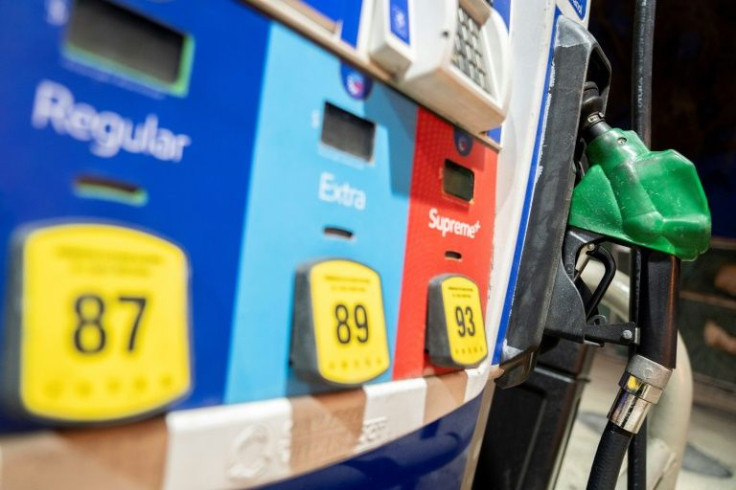Global Stagflation: What's Different This Time Around
Stagflation, a combination of elevated inflation and slow growth, is the new normal for the global economy. That's according to the Global Economic Prospects report released by the World Bank last week. It sees the elevated inflation around the world and the tightening of financial conditions pursued by central banks cutting global economic growth from 5.7% in 2021 to 2.9% in 2022 — well below the January forecast, which called for 4.1% growth.
"The war in Ukraine, lockdowns in China, supply-chain disruptions and the risk of stagflation are hampering growth. For many countries, recession will be hard to avoid," World Bank President David Malpass said. "Markets look forward, so it is urgent to encourage production and avoid trade restrictions. Changes in fiscal, monetary, climate and debt policy are needed to counter capital misallocation and inequality."
Stagflation is nothing new to the global economy, which went through two serious stagflation episodes in the second half of the 20th century. The first episode unfolded in the mid-1970s, with the Middle East crisis and the first oil shock. It pushed crude oil prices from around $3 to $10 per barrel in a few months, driving inflation higher and economic growth lower, as the high energy prices crushed family budgets. As a result, some economies, including the U.S., experienced an outright recession.
"The stagflation term was introduced in the 1970s when Keynesian macroeconomists and other champions of using monetary and/or fiscal stimulus to get out of recessions found themselves exploiting a short-run tradeoff between inflation and unemployment," Daniel Hall, associate professor of economics and dean of the Earl N. Phillips School of Business at High Point University, told International Business Times. "They didn't mind if the stimulus generated inflation if it would lower unemployment."
The second episode unfolded in the late 1970s with the Iranian revolution and another oil shock, when oil prices tripled again in a short time. Once again, the higher oil prices accelerated inflation and crushed economic growth, with the U.S. experiencing another recession.
Though today's stagflation is nothing new, it is different in one important respect, at least as far as the world's largest economy is concerned: Job growth and personal income growth remain strong.
"While the potential for stagflation is real and potentially very painful, we do not believe that the U.S. economy is currently headed for recession," Ben Johnston, COO of Kapiti, told IBT. "The May jobs report was strong, and unemployment fell, even as wage growth slowed slightly, a hopeful sign that inflation is beginning to slow. At the same time, personal income and personal consumption have grown each month in 2022, meaning that despite higher gas prices and other inflationary pressures, the American consumer continues to spend."
In addition, robust job growth has helped unemployment stay low, well below what economists consider the "natural rate." Low unemployment provides the Federal Reserve a great deal of cushion in tightening monetary policy without pushing the economy into an outright recession.
"Today's stagflation is a combination of demand and supply," Hall added. "If it were only a supply-side cause, inflation would be hard to fight with fiscal and monetary tightening, and unemployment would only be worse. However, the U.S. unemployment rate is at 3.6%, below its long-run trend of 5.75%. This stagflation is not accompanied by high unemployment, meaning that demand probably can be curbed with tightening to fight inflation without dramatic increases in unemployment."

© Copyright IBTimes 2025. All rights reserved.






















